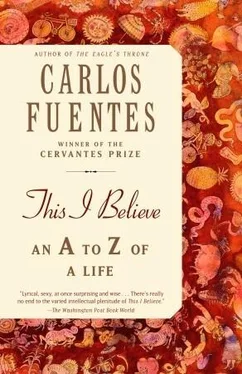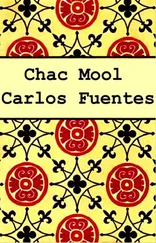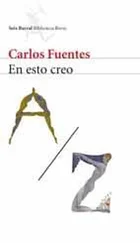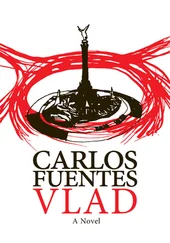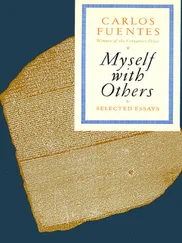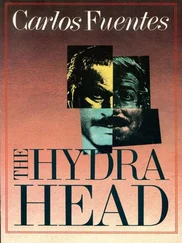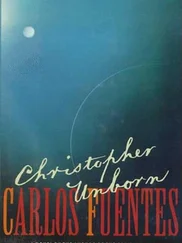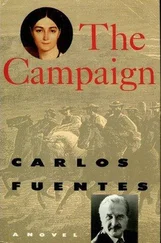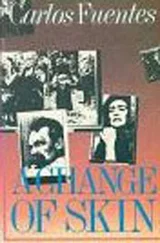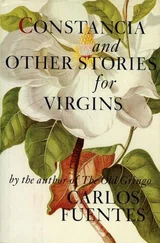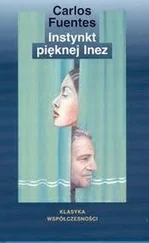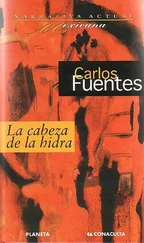“Adieu, adieu! remember me.” This phrase, uttered by Hamlet’s father as he alternately appears and disappears is the trigger of the tragedy. Hamlet doubts because he remembers. He acts because he remembers. Where others forget or wish to forget, Hamlet shoulders the burden of remembering and of reminding everyone of their obligation to be or not to be. His location is anomalous. Hamlet is a prince and lives in Elsinore, a palace filled with dynastic memories. A monarchy is sustained by tradition remembered; therein lies its legitimacy. Hamlet rebels, specifically, against the subversion of legitimacy committed by King Claudius, his father’s brother and murderer. Memory, succession, and legitimacy are the true “bare bodkin” that Hamlet brandishes, though the price he pays will be the “hush” of death.
Don Quixote, in contrast, emerges from an obscure village in an obscure province of Spain. So obscure, in reality, that the even more obscure author cannot or will not remember the name of the place. Cannot or will not: the place grows dark, it hides, it fades to black. The place is la mancha— that is, “the stain.” Right there, in the middle of Cervantes’s blank memory, the modern novel begins, sketching a vast circle that culminates with the obsession of Proust’s narrator, in search of lost time, or with the narrators of William Faulkner, who are there so that nobody will forget the burden of history, race, the Sartorises, the Snopes, the South. .
Hamlet promises his father’s ghost that he will banish from “the table of my memory” all but that which was his father’s legacy. We live in a “distracted globe,” as the Prince of Denmark observes, but as long as memory has a place at his table, all “trivial fond records” will be “wiped away.” The memory, after all, is the “warder of the brain” and Hamlet wishes to keep it that way, in living, breathing color. Macbeth, on the other hand, wishes to forget, to render memory nothing more than “fume.” Hamlet wants to remember a crime: Macbeth wants to forget one; he wants to pluck from the memory a “rooted sorrow”; he needs to banish all the burdens etched upon his mind, to find the sweet antidote that will “cleanse the stuff’d bosom of that perilous stuff”—that is, memory, the heart’s remorse. . What a contrast with Hamlet and his fervent desire to maintain his memory ever “green,” like the everlasting plant of life.
Such tension between memory and oblivion, such a mise en abîme of memory, reveals the sonorous modernity of both Shakespeare and Cervantes. Hamlet, Macbeth, and Quixote are all protagonists of a difficult and selective memory. Hamlet wishes to remember a crime. Macbeth wishes to forget one. Quixote only wants to remember his books, in the plural, yet he ends up remembering his own book, in the singular. A dilemma that is completely anathema to the epic of antiquity. According to Eric Auerbach, the omni-inclusivity of the epic is precisely what makes it an epic. Everything fits, everything must fit into the epic. Homer and Virgil forget nothing. Balzac’s Colonel Chabert, on the other hand, has been forgotten by his wife, his friends, his society. Everyone thinks that he has died on the fields of battle at Eylau. Penelope, however, weaves and unweaves, convinced that Odysseus has neither died nor will be forgotten. The characters of antiquity possess names and attributes that are unforgettable, immutable, eternal: Odysseus is the prudent one, Nestor is the subduer, while the light (and choleric) one is Achilles. But then, between two steps on the staircase, the house-maid forgets the name that Walter Shandy wishes to give his newborn son, Trismegistus, and thanks to the slipshod memory of a house servant, the “hero” of the novel finds himself forever saddled with a most undesirable name, Tristram.
Gogol adds a sublime twist to the relationship between memory and identity. His rogue Khlestakov is remembered by all, not as who he is but rather as something he is not: the feared Inspector General. With Kafka, we return to the tradition of Cervantes: nobody remembers the Land Surveyor K. And then Milan Kundera puts the final touch on this tradition in The Book of Laughter and Forgetting, in which those who remember forget. Kundera, writing this from within a repressed, disguised society, where nothing is what it claims or appears to be, tells us that forgetting is the only memory of those who cannot or will not identify themselves or others.
In his magnificent story “Instructions for John Howell” Julio Cortázar offers us yet another clue to the question of memory and forgetting. The eponymous character attends a play in a theater. A look of sheer terror comes across the face of the actress, who whispers to Howell, the spectator, “Save me. They are trying to kill me.” What is happening? Has Howell entered the play, or has the heroine entered the daily life of Mr. Howell?
What Cortázar proposes here is a circularity of genres, a blasphemy for which the minds of the Enlightenment — most notably Voltaire — reproached Shakespeare, for offering what they considered to be a vulgar salad of tragedy and comedy, characters both noble and burlesque, who could both spout lyrics and belch grotesquely, all in the same work of literature. Cervantes also broke through genres, mixing the epic and the picaresque, the pastoral novel and the love novel, but most of all mixing novels within the novel. This is where Shakespeare and Cervantes converge: in this circulation of genres, in that “impurity” that so offended Voltaire: Quixote’s Manchegan maculation and Macbeth’s soiled hands.
In the end, Shakespeare and Cervantes come together in this circulation of genres, effectively baptizing the freedom of contemporary creative life. With these two authors, the circulation manifests itself in a clear and parallel manner: in Cervantes, the novel within the novel, which becomes the theater within the theater in the puppet stage of Master Pedro which, in turn, leads directly into Shakespeare’s play within the play, the objective of which, in the case of Hamlet, is to “catch the conscience of the king.” Harry Levin, analyzing these two plays within plays, suggests that Hamlet ’s King Claudius interrupts the performance because the play has come too close to reality. In Don Quixote, however, the Knight of the Sorrowful Countenance abruptly interrupts a performance that has come too close to his imagination. Claudius would like his reality, the death of Hamlet’s father, to remain hidden behind a lie. Don Quixote, however, would like his fantasy to become a reality: a princess imprisoned by the Moors, rescued by Don Quixote’s impassioned valor.
Claudius must kill the theater so that he can kill reality. Quixote must kill the theater so that he can give life to his imagination. Quixote is the ambassador of reading. Hamlet is the ambassador of death. To make the world remember, Hamlet, the hero of the North, imposes death upon himself and others as the only acceptable solution to his historical energy. To make the world imagine, Quixote, the hero of the South, imposes art upon the world, an absolute art that takes the place of a dead history. Hamlet is the hero of doubt, and his mad skepticism discharges a torrent of mortal energy. In the end, Hamlet offers a sacrifice to reason, the triumphant daughter of his ills. Don Quixote is the hero of faith. Our gentleman believes in what he reads and his sacrifice is the recovery of reason. And so he must die. When Alonso Quijano comes to his senses, Don Quixote can no longer imagine.
Hamlet and Don Quixote have something else in common as well. Both are nascent figures, characters that were inconceivable before Shakespeare and Cervantes shaped them with the clay of their imagination and set them on their course of action. The heroes of antiquity are born armed, like Minerva from the head of Zeus. They are born in one piece, whole. Don Quixote and Hamlet are unimaginable before they are described; both start off as inconceivable figures and eventually become eternal archetypes thanks to the contaminating circulation of genres. Their impurity gives them form. Claudio Guillén describes Don Quixote as an intense dialogue of genres that confront each other, debate among themselves, make fun of each other, and desperately call out for something that is just beyond their reach. And doesn’t Hamlet, in that Shakespearean freedom of genres, that magnificent stylistic jumble, that offers the sublime and the crass in the very same breath, as simultaneous as the rhetoric of Henry V and the belching of the cowardly Ancient Pistol, coincide exactly with the Cervantine stylistic confrontations?
Читать дальше
